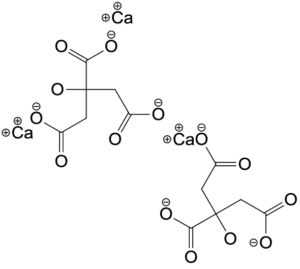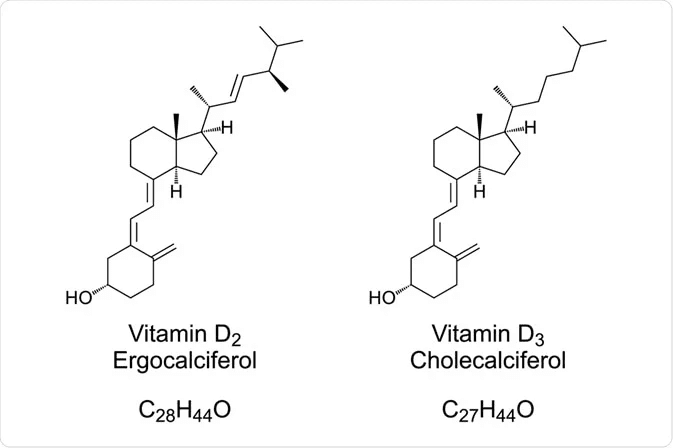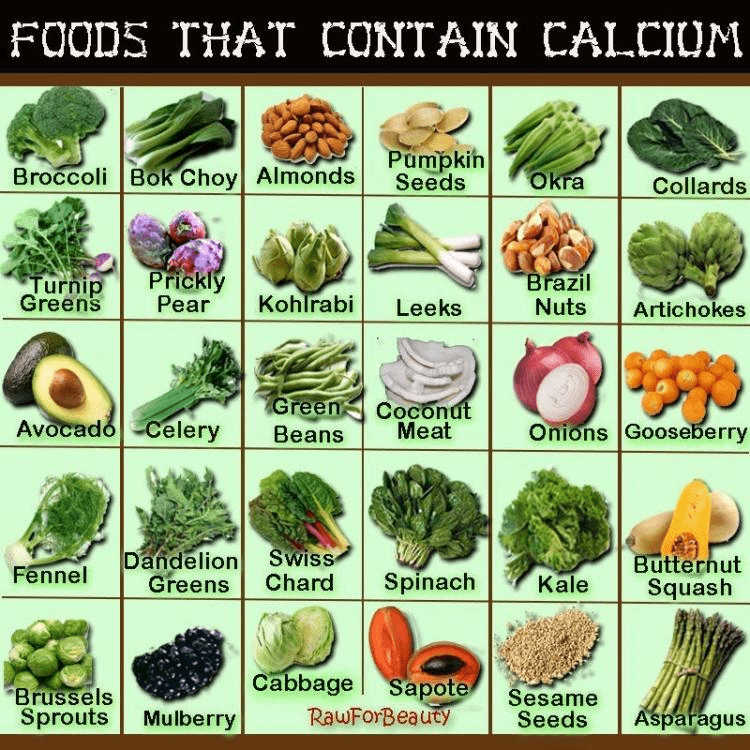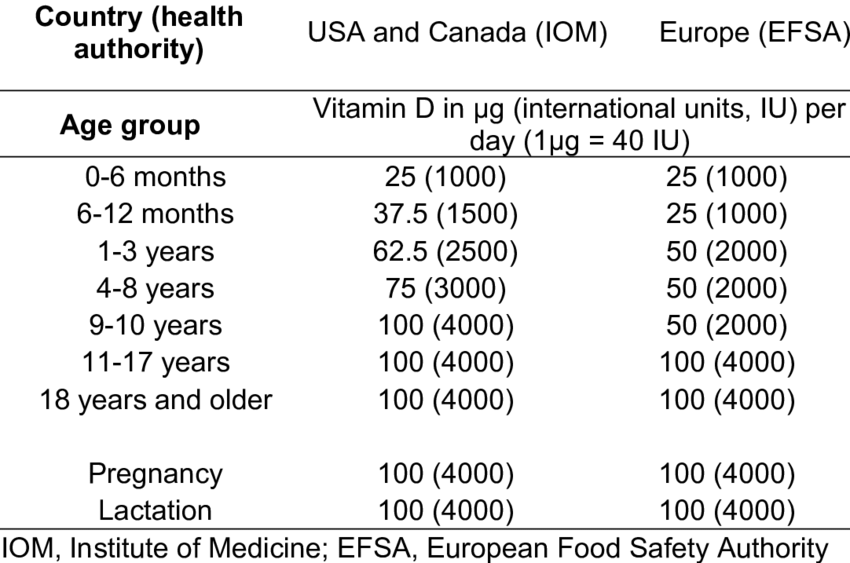The Role of Calcium and Vitamin D
Ensuring robust and healthy bones necessitates a well-rounded diet rich in essential nutrients, particularly calcium and Vitamin D.
Calcium, a vital mineral, is indispensable for bone and teeth development and for various bodily functions like muscle control and circulation.
Unlike certain substances produced within the body, calcium must be obtained from dietary sources.
Adequate absorption of calcium is facilitated by Vitamin D.
Insufficient calcium intake prompts the body to extract calcium from bone reserves, weakening bone structure over time and potentially leading to osteoporosis, a condition characterised by fragile bones.
While postmenopausal women are particularly susceptible to osteoporosis due to estrogen decline, inadequate lifelong calcium and Vitamin D consumption, along with sedentary lifestyles, contribute to its onset.
It’s noteworthy that men are also at risk of osteoporosis, albeit typically later in life than women. Therefore, monitoring calcium intake remains crucial for both genders to promote bone health.
Calcium

Calcium requirements fluctuate across different stages of life. The Food and Nutrition Board (FNB) of the Institute of Medicine of the National Academies offers recommendations regarding the daily intake of calcium
Recommended Daily Allowance in Milligrams (mg) of calcium and vit D
Optimising Calcium Intake Through Dietary Choices.
Achieving the recommended daily calcium intake can be accomplished by incorporating a diverse range of calcium-rich foods into one’s diet.
While dairy products like milk, yoghurt, and cheese serve as primary sources of calcium, numerous other foods also contribute to calcium intake:
- Green Leafy Vegetables: Kale, broccoli, Chinese cabbage (bok choy), and other leafy greens.
- Fish: Sardines, salmon, and other soft-boned fish varieties.
- Tofu: A versatile plant-based source of calcium.
- Grains: Bread, pasta, and grains, particularly those fortified with calcium.
- Fortified Foods: Calcium-fortified cereals, juices, and beverages.
Additionally, it’s essential to be mindful of foods that inhibit calcium absorption. Sodas and carbonated beverages, in particular, should be avoided due to their detrimental effects on calcium absorption and overall nutritional value. Opting for healthier beverage alternatives like milk, calcium-fortified juices, and water can support optimal bone health and overall well-being for individuals of all ages.
Optimising Calcium Intake with Supplements
While obtaining sufficient calcium through a diet is ideal, many individuals, particularly those who avoid dairy or have specific dietary restrictions, may struggle to meet their calcium needs solely through food sources.
This is especially true for lactose-intolerant individuals or vegans who abstain from dairy products.
Certain life stages, such as adolescence and older adulthood, also necessitate higher calcium intake to support bone health and prevent bone loss. In such cases, doctors may recommend calcium supplements to reduce the gap between dietary intake and recommended levels.
Calcium supplements are available in various forms, including multivitamins and standalone calcium supplements.
However, it’s essential to note that not all calcium consumed is efficiently absorbed by the body, particularly in doses exceeding 500 mg. To enhance absorption, it’s advisable for individuals requiring higher supplementation doses to split their intake into smaller, more frequent doses.
Many calcium supplements are fortified with Vitamin D, crucial in calcium absorption.
Combining calcium with Vitamin D supplementation can further optimise calcium absorption and support overall bone health. Additionally, newer slow-release formulations of calcium citrate have emerged, providing convenient daily doses to meet calcium requirements effectively.
Importance of Vitamin D in Bone Health

Vitamin D plays a crucial role in facilitating calcium absorption within the body.
Insufficient Vitamin D levels in children can lead to the development of rickets, a condition characterised by weakened bones and increased susceptibility to fractures. Symptoms may include bowed legs, skeletal deformities, and stooped posture.
In adults, severe Vitamin D deficiency can result in osteomalacia, characterised by softening of the bones, bone pain, and deformities, ultimately increasing the risk of fractures.
Vitamin D Recommendations and Sources
The Recommended Dietary Allowance (RDA) for Vitamin D varies depending on age. Infants are advised to consume 400 International Units (IU) daily during their first year, while individuals aged 1 to 70 are recommended to intake 600 IU. Recent studies suggest that to maintain optimal bone health, a daily intake of at least 1000 IU is necessary from age five onwards.
While some foods contain Vitamin D, it’s challenging to meet the recommended levels solely through diet. Despite this, certain foods such as milk, historically supplemented with Vitamin D, provide approximately 100 IU per glass. Contemporary dietary habits, including reduced milk consumption, have decreased children’s Vitamin D intake; the other dairy products are not typically fortified with Vitamin D.
Although sunlight triggers Vitamin D production in the skin, excessive UV exposure poses risks of skin cancer. Consequently, sunscreen usage is recommended outdoors, which inhibits Vitamin D synthesis. Vitamin D supplementation is recommended for children from infancy through adolescence to address potential deficiencies.
Establishing Safe Intake Levels for Calcium and Vitamin D
In addition to Recommended Dietary Allowance (RDA) guidelines, the Food and Nutrition Board (FNB) has set Tolerable Upper Intake Levels (ULs) for calcium and Vitamin D.
These ULs denote the maximum safe levels of intake for the average individual.
ULs serve as crucial benchmarks, particularly for individuals requiring varying dosages of these supplements. Factors such as limited sun exposure, darker skin tone, and obesity may necessitate higher Vitamin D intake than the standard recommendation.
Upper Safe Limit for Calcium Intake
Upper Safe Limit for Vitamin D Intake
Essential Nutrients for Bone Health
Aside from calcium and Vitamin D, various other nutrients are vital for sustaining bone health and fostering growth. These essential nutrients are commonly present in a well-rounded diet and are imperative for achieving optimal bone strength and density:
Phosphorus: A key component of bone mineral crystals, phosphorus is abundant in dairy products, meat, shellfish, beans, sunflower seeds, lentils, sardines, and cheese. Vitamin D aids in phosphorus absorption in the intestine and kidneys.
Magnesium: Found predominantly in bone crystals, magnesium enhances bone strength. Older adults are more prone to magnesium deficiency, but it can be supplemented with calcium supplements. Dietary sources of magnesium include spinach, bananas, nuts and seeds, avocado, and chickpeas.
Vitamin K: It is vital for bone formation and mineralization. Vitamin K also plays a vital role in blood clotting and may help direct calcium to the bones rather than blood vessels. Leafy greens, avocado, kiwi, asparagus, and pumpkin are rich sources of Vitamin K.
Vitamin C: Crucial for collagen synthesis; Vitamin C supports collagen production, the primary protein in bones. Citrus fruits, tomatoes, sweet yellow peppers, red bell peppers, broccoli, and kale are sources of Vitamin C.
Vitamin A: Necessary for normal cell development and skeletal growth, Vitamin A also contributes to eye health. Sources of Vitamin A include liver, eggs, butter, green leafy vegetables, and carrots. While inadequate Vitamin A intake can lead to blindness, excessive intake may result in bone loss and increased risk of hip fractures. Plant Vitamin A (beta-carotene) sources are safer than animal-derived retinol, with a recommended daily retinol intake not exceeding 10,000 IU.









